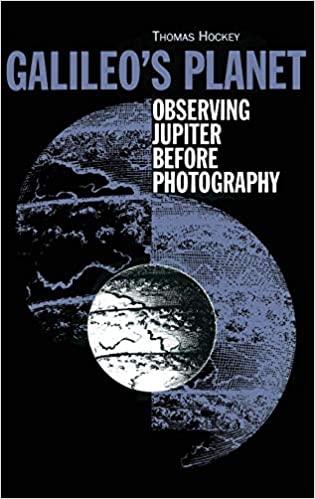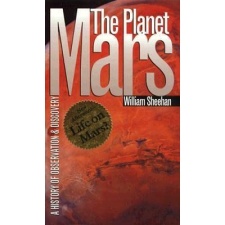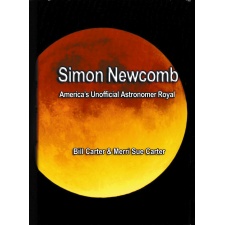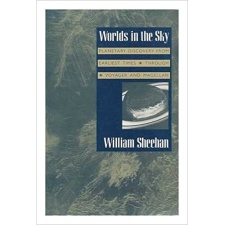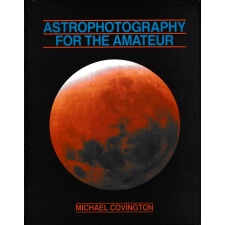Since the earliest times one of the brightest lights in the heavens has been that of Jupiter, mythical king of the gods and the largest planet in the solar system. It was only natural that peoples from the dawn of history would be interested in such a planet and, indeed, Jupiter was one of the first objects to be observed with the telescope. Even today Jupiter captures the public interest like no other planet: a vast gaseous world, home to violent storms (larger than the Earth) that have raged for centuries.
Galileo’s Planet: Observing Jupiter before Photography presents the history of humankind’s quest to understand the giant planet in the era before photography, a time when the only way to observe the universe was with the human eye. The book provides a comprehensive and fascinating account of the people involved in this quest, their observations, and the results of their findings.
Many of the planetary features studied in detail by today’s space probes were once glimpsed by keen-eyed, amateur astronomers. These Earth-bound explorers made up for their modest instruments and viewing conditions with their patience, perseverance, and passion for the night sky. Their greatest challenge was the fifth planet from the Sun and the search for its imagined surface-a revelation of the “real Jupiter.” In the process, these part-time observers redefined the meaning of the word “planet.” The book recounts their story from the earliest times right up until the invention of the camera.
ISBN-13: 978-0750304481
ISBN-10: 0750304480
Copyright 1999
Author: Thomas A. Hockey
Publication Name: Galileo’s Planet : Observing Jupiter before Photography
Format: Hardcover
Language: English
Publication Year: 1998
Type: Textbook
Number of Pages: 236 Pages
Dimensions
Item Length: 9.5in.
Item Height: 0.6in.
Item Width: 6.5in.
Item Weight: 20 Oz
Thomas Hockey received the first PhD in Astronomy & History granted by New Mexico State University, studying under astronomers Herbert and Reta Beebe and historian William Eamon. The near-alignment of Jupiter, Saturn, Uranus, and Neptune, and the exploitation of that alignment by the Voyager spacecraft (1980s), inspired Hockey to conduct a historical examination of the outer Solar System. The impact of comet Shoemaker-Levy-9 with Jupiter (1994) created new interest in his historical study of the giant planet. Hockey’s subsequent book led to the publishing relationship that today results in the multi-year effort known as the Biographical Encyclopedia of Astronomers.
Thomas Hockey is a Professor of Astronomy at the University of Northern Iowa. He serves as chair of the American Astronomical Society’s [AAS] Historical Astronomy Division and is secretary of the International Astronomical Union’s Commission 41 Working Group on Astronomy and World Heritage. He also edit’s the AAS’s journal, Astronomy Education Review. Hockey is married with two children and a Siberian Husky.

